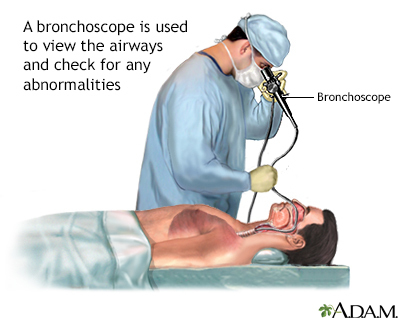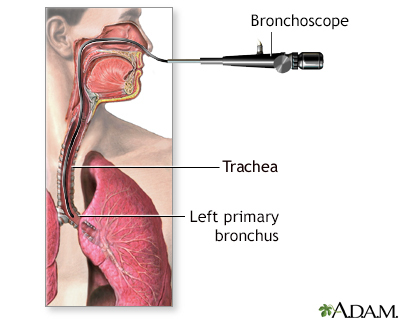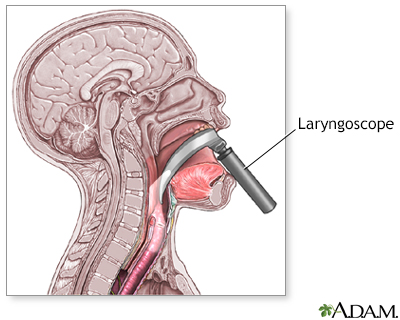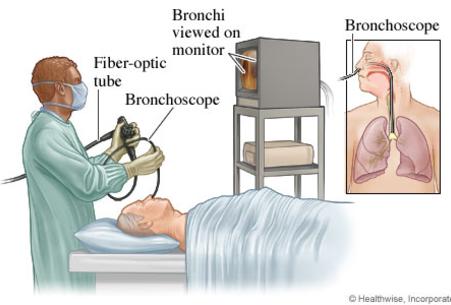Table of Contents
Advancements in bronchoscope machine technology have reshaped respiratory diagnostics by improving visibility, accuracy, and patient safety. These machines are widely used in hospitals and clinical centers for early detection and therapeutic procedures involving the lungs and airways.
A bronchoscope machine plays a central role in pulmonary examination procedures, particularly in detecting abnormalities in the trachea, bronchi, and lungs. It allows for real-time internal imaging, offering clinicians visual access to complex airway structures without invasive surgery. This visualization is especially critical in diagnosing lung infections, tumors, or blockages that are not always evident through external imaging methods.
Hospitals rely on bronchoscope equipment to reduce diagnostic delays and increase procedural safety. With the machine’s integration into intensive care settings, emergency medicine, and outpatient facilities, its applications have expanded to meet the needs of both routine and high-risk patient care.

Bronchoscope equipment is widely used not only for diagnosis but also for intervention. Its precise functionality allows physicians to perform biopsies, foreign body removal, and targeted drug delivery. These procedures are executed through specialized channels within the equipment, enabling direct treatment during examination.
Interventional pulmonology teams have benefited from improved maneuverability, suction capacity, and image resolution available in modern systems. This enhances the treatment of conditions like chronic cough, unexplained hemoptysis, or airway narrowing. Bronchoscopy equipment has become an essential tool in managing complex respiratory diseases where rapid intervention is required.

In a hospital setting, bronchoscopy equipment is employed in both diagnostic and therapeutic contexts. Diagnostic bronchoscopy is used for visual assessments, sampling lung secretions, and detecting early-stage abnormalities. Therapeutically, it facilitates procedures such as mucus plug removal, laser therapy, or stent placements.
Pulmonologists and thoracic surgeons depend on this technology for its accuracy and reliability during delicate procedures. Its application extends across departments, including ICU, surgery, and pulmonology, ensuring broad clinical utility across the hospital’s care continuum.

The introduction of single-use or disposable bronchoscope models has significantly improved infection prevention practices. Reusable scopes, while effective, carry the risk of cross-contamination if not properly sterilized. Disposable equipment eliminates this concern, especially during high-turnover situations in emergency rooms or intensive care units.
This form of bronchoscopy equipment is particularly valuable in managing patients with highly contagious respiratory infections. Its use helps hospitals maintain compliance with international infection control guidelines while protecting patients and healthcare staff alike.
Medical procurement teams and hospital buyers evaluate multiple factors when selecting a bronchoscope machine. Key considerations include image clarity, device durability, insertion tube flexibility, and compatibility with other clinical systems. Ease of use, reprocessing requirements, and integration with imaging platforms also influence procurement decisions.
Suppliers are expected to provide comprehensive documentation and support services, ensuring smooth implementation and maintenance. Machines must also align with global healthcare standards, which is particularly important for buyers in international markets.
For B2B distributors and medical wholesalers, offering high-performance bronchoscope equipment meets the growing demand in public hospitals, private clinics, and specialty care centers. These products are often ordered in bulk for public health projects, academic hospitals, or telehealth-supported units.
Distributors benefit from choosing partners that offer scalable production, customization options, and regional compliance. High-quality bronchoscopy equipment supports strong market reputation and helps meet diverse procurement criteria from multiple healthcare institutions.
Modern bronchoscope machines are not standalone tools. They are engineered to integrate seamlessly with external monitors, data recording systems, and hospital networks. This connectivity supports real-time imaging, post-procedure data storage, and remote consultations.
Advanced systems may include digital signal processing, touch-screen interfaces, and modular compatibility. Such integrations ensure that hospitals maintain workflow efficiency and align with digital healthcare transformation strategies without compromising clinical quality.

Technological advancements in bronchoscopy equipment have led to better image sensors, compact design, and enhanced patient comfort. Innovations include high-definition video transmission, anti-fog lenses, and ergonomic handpieces for user convenience.
Additionally, artificial intelligence is beginning to be integrated for automated lesion detection and image enhancement. These improvements allow clinicians to achieve higher diagnostic accuracy with reduced procedure time, which benefits both patients and care providers.
A bronchoscope factory plays a vital role in meeting regulatory requirements, quality assurance standards, and global market expectations. From sourcing biocompatible materials to assembling precision components, the factory process impacts equipment longevity and safety.
Factories producing bronchoscope equipment must comply with international standards such as ISO 13485 for medical devices and undergo regular audits to ensure consistency. The reliability of the product begins with engineering and continues through quality testing and logistics.
Hospitals are increasingly adopting portable bronchoscope systems for use in mobile clinics, emergency response teams, and resource-limited settings. Compact designs allow clinicians to perform procedures at the bedside or during patient transport, expanding care access.
These systems are typically integrated with tablet-based or wireless displays, enabling rapid deployment with minimal infrastructure. The portability factor supports emergency preparedness and field operations without sacrificing image quality or device control.
Bronchoscope suppliers often provide support beyond product delivery. Services may include on-site training, procedural guidance, equipment calibration, and supply chain management. This is particularly important for hospitals installing multiple systems across departments.
Suppliers must be equipped to handle international shipping, certification requirements, and technical after-sales service. Medical institutions value partners who understand both clinical demands and operational logistics in the medical equipment space.
Choosing the right manufacturer ensures that bronchoscopy equipment performs consistently under clinical pressures. A reliable source guarantees regulatory compliance, provides technical documentation, and adheres to delivery timelines. Manufacturers who specialize in endoscopic technologies also offer broader product compatibility, from reusable to disposable models.
Hospital procurement teams and distributors often build long-term relationships with trusted manufacturers, which supports continuity and operational efficiency. This partnership model reduces the risks associated with unfamiliar or uncertified suppliers.
Bronchoscope machines and bronchoscopy equipment continue to play an essential role in advancing respiratory diagnostics and interventional care. Their adaptability across medical specialties, integration with digital systems, and suitability for both routine and emergency care highlight their clinical importance.
For healthcare institutions and distributors seeking dependable solutions, XBX offers a range of bronchoscope equipment designed to meet global quality standards and support advanced medical practices.
Copyright © 2025.Geekvalue All rights reserved.Technical Support:TiaoQingCMS